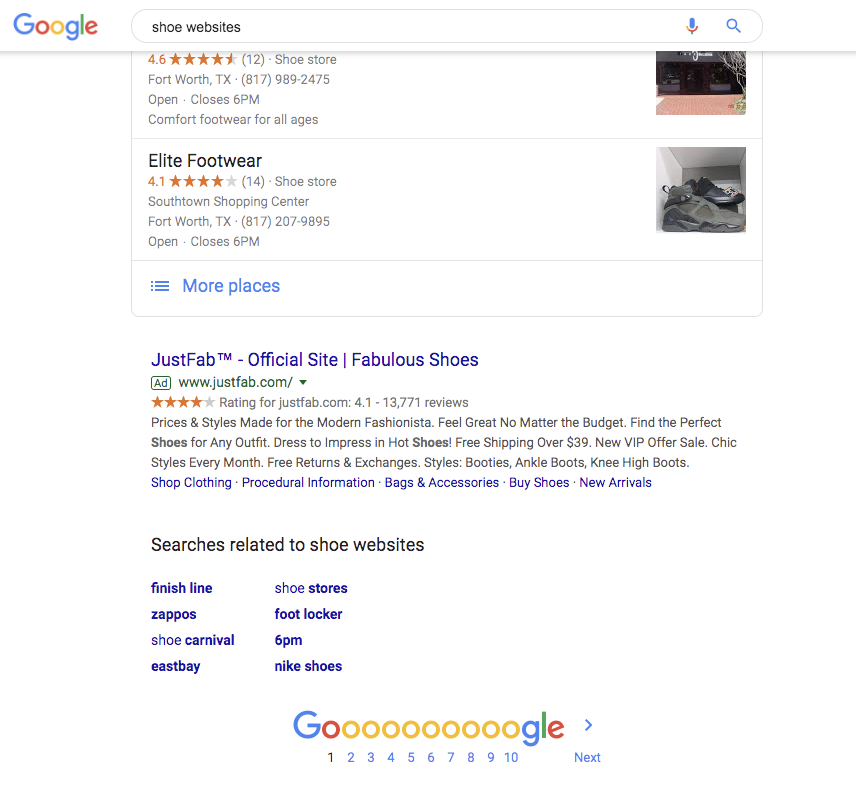Just when you thought Google was done shaking things up within their Google Ads platform, they did it again with their announcement that the “Average Position” metric would be sunset later this year.
Come September, we’ll have to start relying on the existing metrics “Top Impression Share” and “Absolute Top Impression Share” instead.
The change at first glance
It seems to simply and unnecessarily turn one metric into several, adding more complexity to the already vast data pool. However, the change is actually a chance to more accurately gauge the true page position of your text ads. The Average position has long been one of the most misunderstood metrics in the Google Ads ecosystem and can be a common source of confusion between client, agency, and Google teams.
Average position is going down
Average position is often interpreted as a metric that directly denotes the actual position your ad occupied on SERPs (Search Engine Results Pages), but that was never actually the case. Instead, average position denoted where your ad fell relative to other ads.
To illustrate the difference, consider that an ad with an average position of two could just as often be spotted sitting at the bottom of the results page as it could be found at the second overall results spot. The latter being in immediate view of a searcher without scrolling at all, the former often forgotten or dismissed.

In these two separate instances, the ad from Joybird is just as much in average position two as the JustFab ad in the next picture.

What are these “new” metrics?
“Top Impression Share” and “Absolute Top Impression Share” are actually much closer to the perceived intent of the average position.
Absolute Top Impression Share
“Absolute Top Impression Share” is defined as “the percentage of impressions your ad has in the very first position above organic search results”. This makes it ideal for knowing when your ad will be shown to a searcher without having to scroll. This is especially crucial when dealing with limited mobile real estate.
Top Impression Share
Meanwhile, “Top Impression Share” is defined as “the percentage of impressions your ad has above organic search results”. This will still be useful when gauging how your ad is being placed in relation to competitors.
While these new prominence metrics are a breath of fresh air, the jury is still out on just how reliable they are now and how reliable they will continue to be given the continuous testing of new page experiences and vertical-specific ad units (for example, hotel campaigns in Google Ads) along with other specialized knowledge panels.
Wake me up when September ends
With these “new” impression-share-based metrics taking center-stage in place of “Average Position”, there are plenty of misconceptions left to fuel more questions as time goes on, but the move should be fairly smooth given the ample amount of time we’ve been given to make the transition to using “Top Impression Share” and “Absolute Top Impression Share”.
With the wealth of data at our fingertips, now is the perfect time for search advertisers to educate themselves and their clients on the pitfalls of vanity metrics and the importance of focusing on clean, useful data that will actually improve returns.
Blake Lucas is an SEM Coordinator at PMG.
The post Goodbye to average position on Google SERPs appeared first on Search Engine Watch.